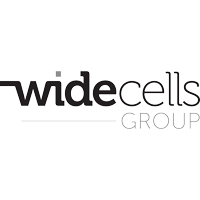What is an autologous haemopoeitic stem cell transplant?
Autologous means from yourself.
An autologous transplant is the transplantation of stem cells derived from the patient themselves.
A patient’s stem cells are extracted from the bone marrow, or from the peripheral blood following medication which causes bone marrow stem cells to enter the peripheral circulation.
The extracted stem cells are then frozen so that once the chemotherapy conditioning is done, doctors can put the autologous cells back into the patient.
If successful, the transplanted stem cells then engraft and start to produce healthy blood cells.
The process of transplanting autologous stem cells is identical to that of transplanting donor (allogeneic) stem cells.
With an autologous transplant the risk of the body rejecting the infused stem cells, or of the patient developing Graft-versus-Host Disease, is removed because the stem cells are a perfect HLA match.
However, there is an increased risk with autologous transplants that cancerous cells will be returned to the patient’s body and cause a relapse.
There are two types of chemotherapy conditioning:
Myeloablative — a very intense system of chemotherapy where the dosage is very strong. It wipes out the patient’s cancerous and non-cancerous bone marrow cells, leaving a clean slate ready for the donor stem cells to come in and hopefully start reconstituting and replenishing the immune system. The administration of this chemotherapy usually takes 1 to 2 days.
Non-myeloablative — uses a less intense dose of chemotherapy. Age is usually a very significant factor here because with chemotherapy conditioning come a lot of side effects. Non-myeloablative conditioning is usually considered when a patient is older or there are other complications that would make high dose chemotherapy riskier. The lesser dose of chemotherapy is just enough to kill the cancer cells in the patient.
What happens during a stem cell transplant?
A stem cell transplant is actually like a blood transfusion as far as the patient is concerned.
The stem cells are transfused through a central line (a catheter) that goes into the major vein in the chest.
The stem cells then go through the circulatory system and start homing to the bone marrow where they start dividing and replenishing the immune system and blood.
The autologous stem cells will have been cryogenically frozen, so a technician will thaw them and prepare them for transplant.


